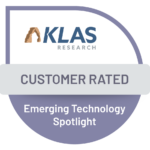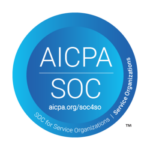PAC vs. CAC: Why People Assisted Coding is the key to a shorter revenue cycle for healthcare providers
For years, medical practices and healthcare providers have put their faith — and their money — in the promise of Computer Assisted Coding (CAC), a technology solution designed to make coders more efficient through automation, with the intention of improving accuracy and efficiency and cutting overhead costs.
The problem? CAC requires consistent human oversight to function properly. Its purpose is to make coders work more efficiently, not to provide any actual coding that comes from the technology.
At Aidéo Technologies, we’ve pioneered a solution based on the concept of People Assisted Coding (PAC), which is designed to provide production coding using technology, with a minimum amount of human intervention. Gemini AutoCode™ employs machine learning, artificial intelligence and Natural Language Processing to harness the capabilities and experience of tens of thousands of coders and continuously learns over time so that accuracy and efficiency automatically improve the more the technology is used.
-
PAC is more efficient than CAC.
Gemini AutoCode™ uses machine learning and artificial intelligence to aggregate the knowledge of an army of coders, and the software application does the work. It drives the entire process, seeking human assistance only when needed. With CAC, software simply ingests health records; it may suggest some codes for medical encounters, but the codes still must be reviewed by a human.
-
PAC is more accurate than CAC.
Gemini AutoCode™ uses software that improves its processes over time and employs Natural Language Processing that matches or exceeds the work of human coders. With CAC, the output is only as good as the quality of the data that produced it, so if notes from a medical encounter are faulty or recorded poorly, the results will be inaccurate coding suggestions.
-
PAC is more cost-efficient than CAC.
It requires less human involvement, which saves time and money and significantly shortens the revenue cycle. CAC not only carries higher costs due to the necessity of human intervention, but the likelihood of denied claims extends the revenue cycle and adds cost burdens.




